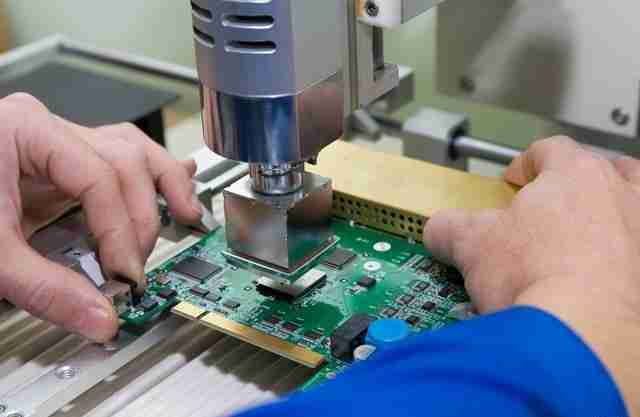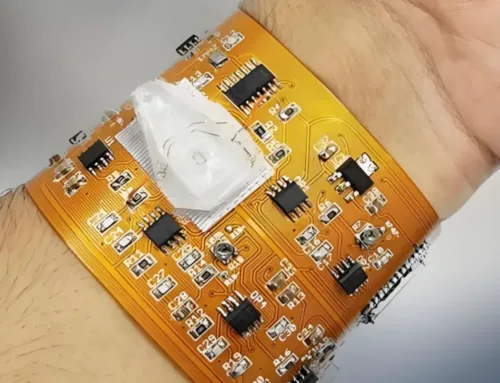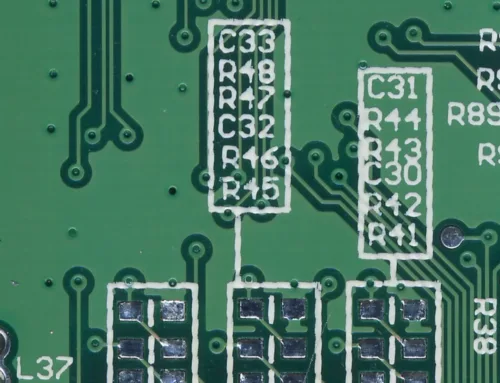How PCB Fabrication Manufacturers insure Quality in Assembled Circuit Boards

Table of Contents
Table of Contents
Printed Circuit Boards( PCBs) are the backbone of ultramodern electronics, used in everything from consumer widgets to artificial outfit and medical bias. Icing the quality of PCBs is pivotal to their performance, creditability, and life. PCB Board Maker employs a variety of processes and quality control measures to guarantee that assembled circuit boards meet strict norms. This composition explores how manufacturers insure the quality of PCBs through design, material selection, manufacturing processes, testing, and instrument.
The Use of PCB Fabrication
PCB fabrication is the process of manufacturing published circuit boards( PCBs), which serve as the foundation for nearly all electronic bias. The purpose of PCB Prototype is to produce a dependable and durable platform for electronic factors, icing effective electrical connectivity and functionality.
Crucial Uses of PCB Fabrication
● Electronic Device Integration PCBs give a structured layout for factors, enabling compact, effective circuit designs in bias like smartphones, computers, medical instruments, and artificial machines.
● Signal Transmission and Connectivity The precise bobby pathways etched onto the board insure stable signal transmission between electronic factors, minimizing hindrance and perfecting performance.
● Customization for colorful operations PCB fabrication allows for custom board designs acclimatized to specific diligence, including automotive, aerospace, telecommunications, and healthcare.
● Multi-Layered Complex Circuits ultramodern PCB fabrication supportsmulti-layer boards, which enable high- viscosity circuit integration essential for advanced electronics.
● Trust ability and continuity High- quality PCB fabrication processes, including lamination, solder mask operation, and face finishing, cover circuits from environmental factors like humidity, heat, and erosion.
The Process of PCB Fabrication
1. Design Optimization and Prototyping
Quality assurance begins at the design stage. PCB manufacturers unite with contrivers to insure the layout meets assiduity norms and stylish practices. This includes
● Design Rule Checks( DRC): Automated software tools corroborate that design specifications misbehave with manufacturing capabilities, precluding crimes similar as short circuits and incorrect trace extents.
● Signal Integrity Analysis: Simulations are performed to prognosticate how signals will bear, icing minimum hindrance and data loss.
● Thermal Management Planning: Proper heat dispersion is considered to help overheating and insure long- term performance.
● Prototyping Before Mass Product: Prototypes are developed and tested to identify implicit issues and upgrade the design consequently.
2. High-Quality Material Selection
The quality of accoutrements used in Circuit Board Prototype plays a pivotal part in the continuity and performance of the final product. Manufacturers precisely choose accoutrements grounded on factors similar as:
● Substrate Material FR4( fiberglass-corroborated epoxy resin) is generally used for its strength and electrical sequestration parcels. High- frequency operations may bear accoutrements like Rogers laminates.
● Bobby Cladding: The consistence and quality of bobby layers impact conductivity and thermal operation.
● Solder Mask and Silkscreen Quality: Icing high- quality coatings prevents erosion, improves continuity, and enhances readability of element markings.
3. Advanced Manufacturing Processes
PCB fabrication involves a series of complex way that bear perfection and adherence to strict quality norms. Crucial processes include:
● Subcaste Stacking and Lamination: Multi-layer PCBs bear precise mounding and lamination under controlled conditions to insure proper alignment and cling.
● Drilling and Plating Via holes are drilled with high perfection and plated with conductive accoutrements to establish electrical connections between layers.
● Drawing Unwanted bobby is removed to define circuit pathways with precise confines.
● Surface Finish Application: Finishes similar as ENIG( Electroless Nickel Immersion Gold) or HASL( Hot Air Solder Leveling) are applied to ameliorate solderability and help oxidation.
4. Automated Examination and Testing
To maintain high quality, PCB manufacturers employ rigorous examination and testing styles, including
● Automated optic examination (AOI): Cameras and imaging software descry blights similar as misaligned factors, soldering issues, and trace blights.
● X-Ray examination: Used for detecting hidden solder common blights, especially inmulti-layer and BGA( Ball Grid Array) factors.
● Electrical Testing: Flying Probe Testing Tests for open and short circuits without taking a devoted test institution.
● In- Circuit Testing( ICT): Verifies electrical performance by checking voltage, current, and resistance at colorful points.
● Functional Testing: Simulates real- world operating conditions to insure the PCB functions rightly within its intended operation.
5. Strict Process Control and Compliance
Manufacturers cleave to assiduity norms and instruments to insure high- quality PCBs. Some of the crucial norms include;
● IPC norms IPC-A-600( Adequacy of published Boards) and IPC-A-610( Adequacy of Electronic Assemblies) set rigorous guidelines for PCB fabrication and assembly.
● ISO 9001: Ensures that quality operation systems are in place.
● RoHS and REACH Compliance:Ensures that dangerous substances like lead and mercury are n’t used.
● UL Certification: Confirms that PCBs meet fire safety and electrical trustability norms.
6. Quality Assurance in Assembly
After fabrication, the assembly process must also meet high norms. This includes
● Element Sourcing: Using genuine, high- quality electronic factors from trusted suppliers.
● Soldering ways: Employing advanced soldering ways similar as Surface Mount Technology( SMT) and Through- Hole Technology( THT) for secure and dependable connections.
● Reflow and Wave Soldering: icing precise temperature biographies for proper solder joint conformation.
● Conformal Coating: Applying defensive coatings to shield against humidity, dust, and chemical exposure.
7. Nonstop Enhancement and Feedback Loop
Leading PCB manufacturers apply nonstop enhancement strategies to enhance quality and effectiveness. This includes
● Data Analytics and Process Optimization: Monitoring product data to identify trends and areas for enhancement.
● Client Feedback: Working nearly with guests to address performance issues and upgrade unborn designs.
● Hand Training: icing that worker is over to date with the rearmost manufacturing technologies and quality control ways.
Quality assurance in PCB fabrication is a multi-faceted process that involves scrupulous planning, perfection manufacturing, and rigorous testing. By using advanced technologies, clinging to assiduity norms, and maintaining strict process controls, PCB manufacturers insure that assembled circuit boards meet high- quality marks. These measures not only enhance the performance and creditability of electronic bias but also help manufacturers make a character for excellence in the competitive electronics assiduity.
For a trusted mate in PCB manufacturing and assembly, consider PCBAndAssembly. As a encyclopedically honored leader in PCB fabrication and assembly, we give comprehensive results acclimatized to your requirements. Our services include Prototype PCB Assembly, Low-Volume & High-Mix PCB Assembly, High- Volume PCB Assembly, Consigned & Partial PCB Assembly, and Full Turnkey PCB Assembly — icing quality and inflexibility at every stage of your product development.
Latest Blog
Contact us
Free Quote





